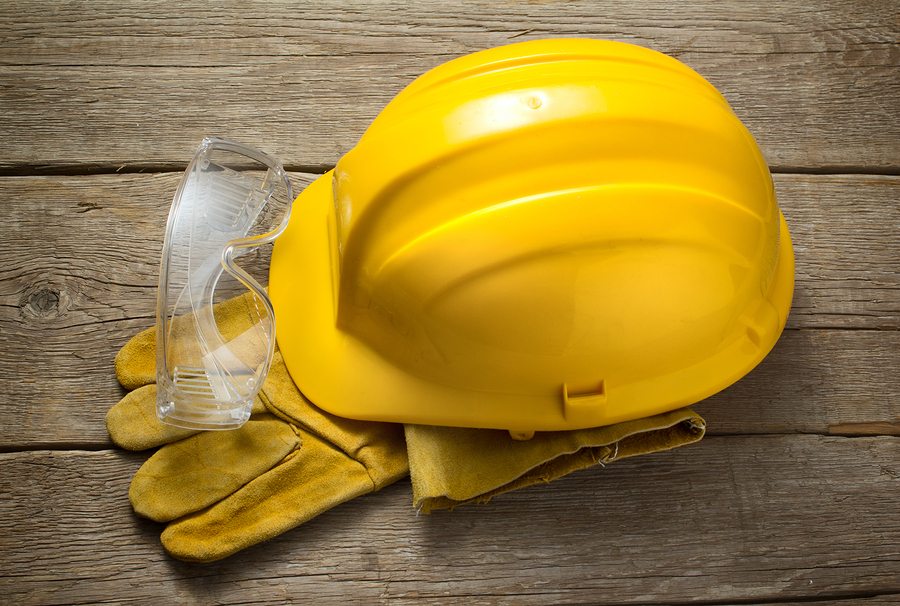The Support of Management
Everyone in a position of authority—from the company owner to the job site supervisor—needs to put safety first and the project second. While most construction projects take place under tight deadlines, accidents are more likely to occur when workers are hurrying through their jobs, cutting safety corners along the way. The human and financial costs associated with the inevitable accident are significantly more expensive than the investment of time to follow protocol. Management must ensure that all workers understand this and perform their jobs accordingly.
Employee Education
Regardless of past experience, all new construction employees should be provided with appropriate training—from safety procedures to the equipment they will be using—before they’re turned loose on the jobsite. Supervisors should spend additional time supervising new employees as well. Seasoned workers can be valuable mentoring and teaching resources; use them wisely.
Tools and Equipment
Every tool and piece of equipment used on your jobsite should be in good condition, working properly and frequently checked for damages. Perform repairs immediately, and retire old equipment and tools when necessary. These rules apply to personal protective equipment (such as hardhats, harnesses, gloves, safety glasses and respirators) as well.
Work Zone Barriers
Whether your jobsite is in the middle of a city or the outskirts of the suburbs, utilize safety fencing or other barriers to keep unauthorized people out of the construction area. Additionally, use safety fencing to alert your construction workers to particularly dangerous areas within the jobsite (such as excavations and openings or locations where they may encounter falling objects).
Easy Access to Safety Materials
You can have the most elaborate job site safety plan in the world, the best-stocked first-aid kit, and oodles of equipment manuals and other documentation, but they won’t prevent even a single accident if they are not readily accessible. Designate spaces on your job site for safety materials and educate your workforce on how to access those materials.



